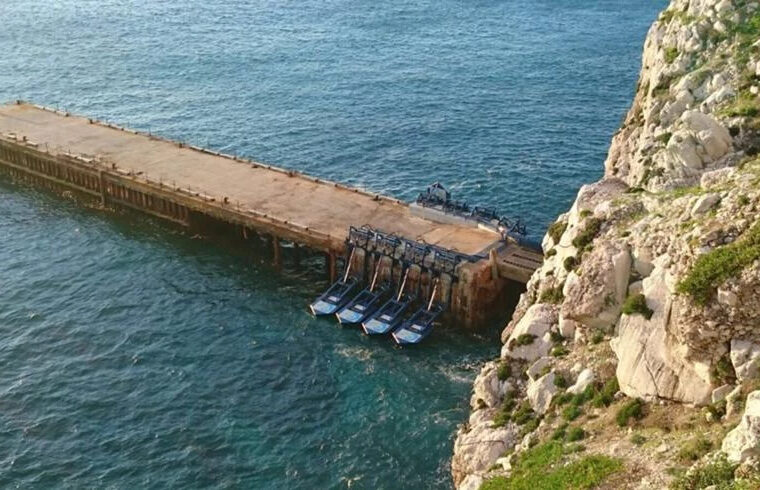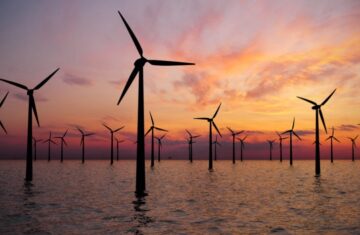A Comprehensive Overview
Marine energy is increasingly recognized as a vital component of Italy’s renewable energy landscape. With its extensive coastline and rich marine resources, Italy is well-positioned to harness energy from tides, waves, and ocean currents. This article explores the current state of marine energy in Italy, its potential for growth, environmental impact, and future prospects.
Historical Context of Marine Energy in Italy
Early Developments
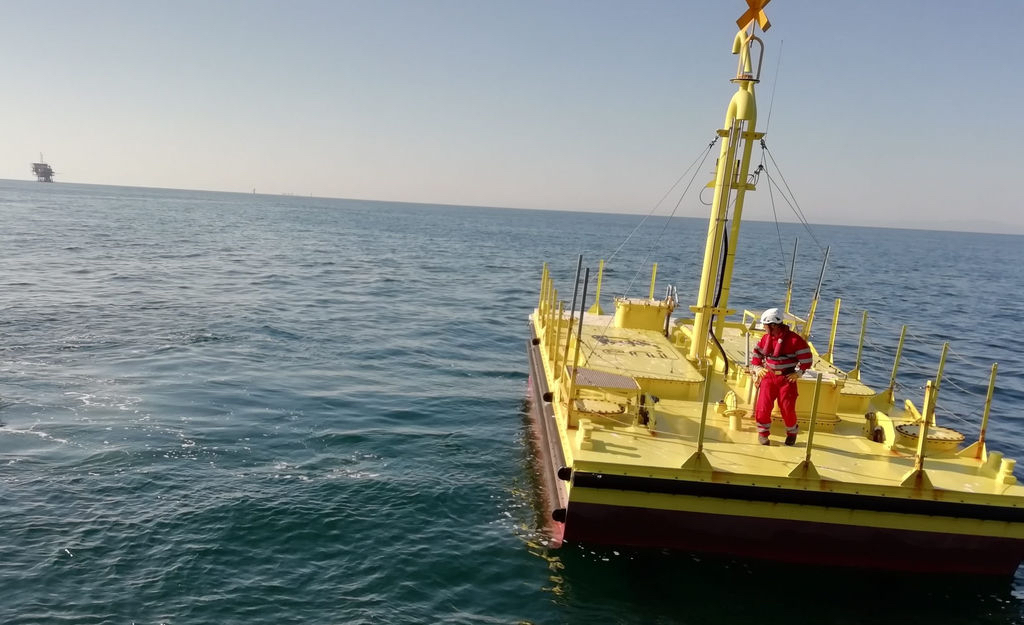
Italy has a long maritime history, but the exploration of marine energy technologies began in earnest during the late 20th century. The first notable experiments with wave energy occurred in the 1990s, primarily focusing on small-scale projects along the coasts of regions like Liguria and Sicily.
Technological Advancements
As technology advanced, Italy started to invest more significantly in marine energy projects. By the early 2000s, several pilot projects were initiated, aiming to test and refine various marine energy conversion technologies, including oscillating water columns and point absorbers.
Current State of Marine Energy in Italy
Marine Energy Capacity and Production

As of 2022, Italy has made strides in marine energy development, although the overall capacity remains modest compared to other renewable sources. According to the Gestore dei Servizi Energetici (GSE), Italy’s marine energy capacity is approximately 20 MW, derived primarily from wave energy technologies.
Breakdown of Marine Energy Resources
- Wave Energy: This is the most developed form of marine energy in Italy, with several pilot plants operational along the coast.
- Tidal Energy: While still in the experimental phase, tidal energy projects are being explored, particularly in the Adriatic Sea.
Key Marine Energy Projects
Several significant marine energy projects highlight Italy’s commitment to this renewable resource:
- Wave Energy Converter in Sicily: A pilot project utilizing oscillating water column technology.
- Tidal Energy Pilot in the Adriatic: Research and development projects assessing the feasibility of tidal energy extraction.
Economic Impact of Marine Energy
Job Creation and Local Economies
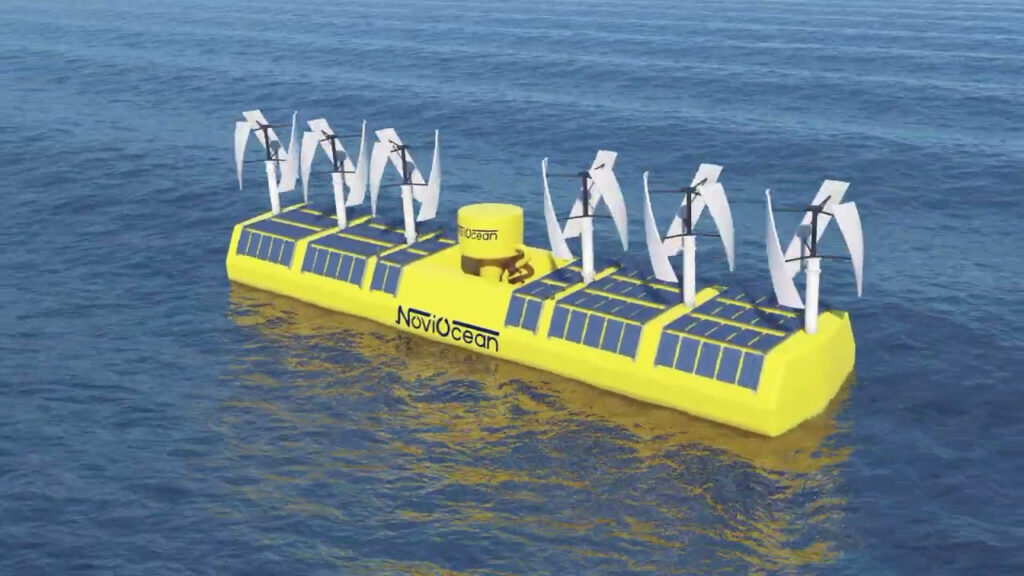
The marine energy sector has the potential to create numerous jobs, particularly in coastal regions where development is concentrated. According to a report by the Italian Renewable Energy Association (ANIE), the marine energy sector could generate approximately 5,000 jobs by 2030, spanning various roles from research and development to manufacturing and maintenance.
Investment in Infrastructure
Investment in marine energy infrastructure is crucial for its growth. The Italian government, in conjunction with EU funding, has allocated resources to support the development of marine energy technologies. This includes grants for research projects and incentives for private investments.
Environmental Considerations
Renewable Energy Transition
Marine energy plays a significant role in Italy’s strategy for transitioning to renewable energy. With ambitious targets set by the European Union, Italy aims to achieve a 55% reduction in greenhouse gas emissions by 2030. Marine energy can help meet these targets by providing a clean and sustainable energy source.
Ecological Impact
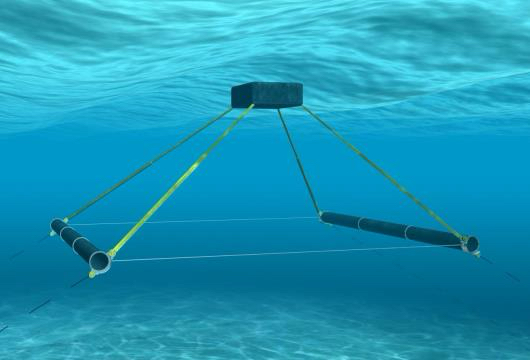
While marine energy is generally considered environmentally friendly, it is essential to assess its impact on marine ecosystems. Potential concerns include:
- Disruption of Marine Habitats: The installation of marine energy devices can affect local wildlife and habitats.
- Noise Pollution: The operation of marine energy converters can generate noise that may disturb marine life.
Mitigation Strategies
To address these ecological concerns, the Italian government and environmental organizations are implementing various mitigation strategies, including:
- Conducting environmental impact assessments before project approvals.
- Developing guidelines for the sustainable deployment of marine energy technologies.
Future Prospects of Marine Energy in Italy
Untapped Potential
Italy has significant untapped potential for marine energy. According to the International Renewable Energy Agency (IRENA), Italy’s coastline could support over 700 TWh of wave energy annually, offering a substantial opportunity for development.
Integration with Other Renewable Sources
The future of marine energy in Italy lies in its integration with other renewable energy sources, such as wind and solar. This integrated approach will enhance the resilience and reliability of the energy grid, particularly in coastal regions where multiple renewable resources can be harnessed simultaneously.
Policy and Regulatory Framework
The Italian government has established a supportive policy framework for marine energy development. The National Energy and Climate Plan (NECP) outlines specific targets for renewable energy, including marine energy. This framework aims to encourage investment and innovation while ensuring environmental protection.
Conclusion
Marine energy represents a promising frontier for Italy’s renewable energy landscape. With its rich marine resources and supportive policy environment, Italy is well-positioned to harness the power of the sea. As the country continues to invest in research and development, marine energy can play a significant role in achieving Italy’s energy transition goals, contributing to a more sustainable and resilient future.
